Blog
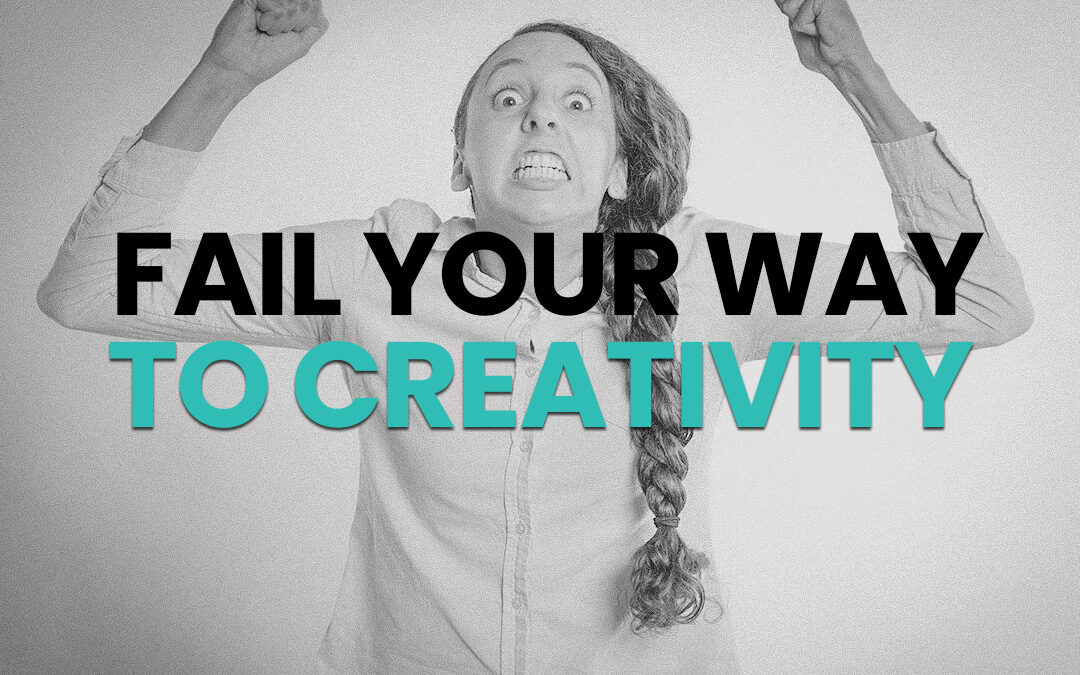
Fail Your Way To Creativity
The creative genius is remembered for their successes, but the reality is their tally of failures is far greater—orders of magnitude greater in fact. Edison, for example, failed over 1,000 times before he found the right filament for his incandescent lightbulb....
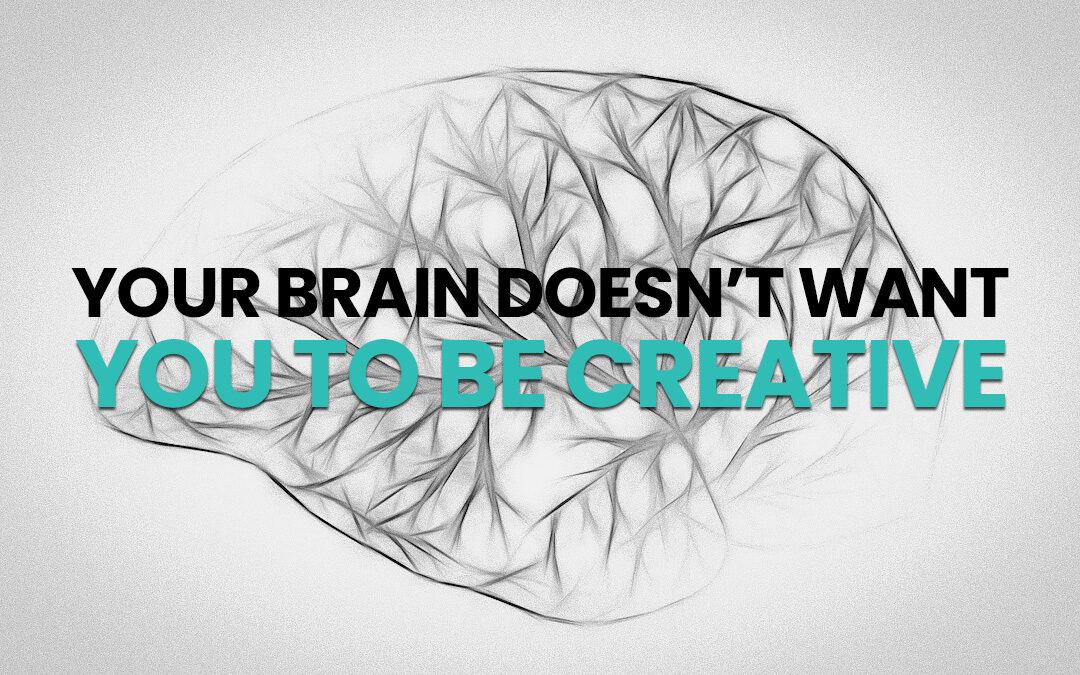
Your Brain Doesn’t Want You To Be Creative
Your brain doesn’t want you to be creative. It prefers order, structure, and predictability. Don’t believe me? Try the following exercise (borrowed from The Eureka Factor by John Kounios and Mark Beeman): In ten seconds, memorize the letters below, look away, and see...

Find The Whitespace
Draw a dot in the middle of a whiteboard and ask your audience (students, colleagues, etc.) what they see. Chances are you’ll get the obvious responses: a dot, a circle, a round mark. You might get something a little more abstract like a bug, a ball, or perhaps...
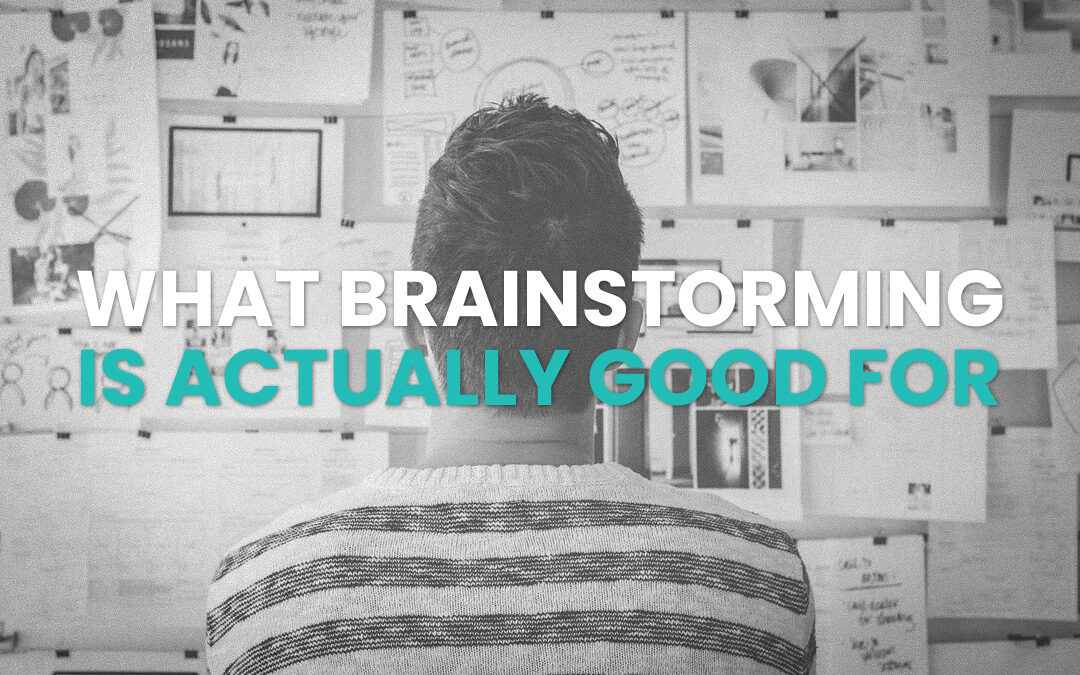
What Brainstorming Is Actually Good For
If your eyes glaze over at the thought of conducting brainstorming exercises, you’re probably thinking about the activity all wrong. The goal of concept webbing, group sketching, or listing all of the things one could do with a brick is not to come up with a brilliant...

Creatively Stuck? Add Constraints
Here's a fun experiment: tap the rhythm to happy birthday and ask someone to guess the song. Want to know the likelihood that they're going to guess it right? A stunningly low 2.5%. This simple experiment, first performed in 1990 by Stanford graduate student Elizabeth...
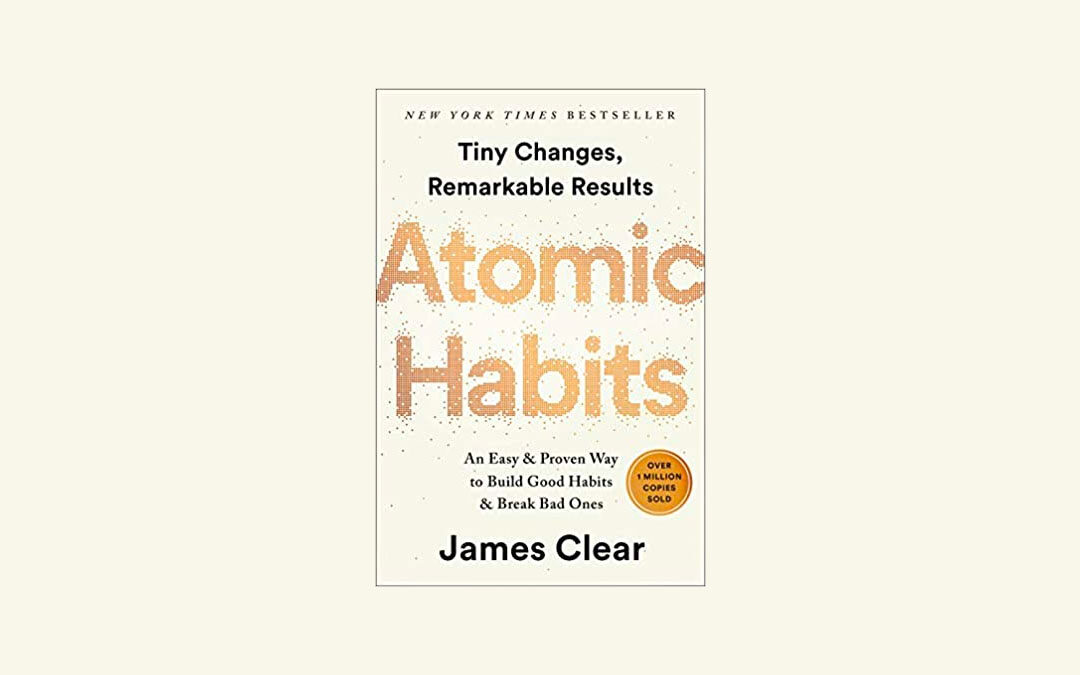
Atomic Habits
What follows are a couple of takeaways that I gathered from James Clear's book Atomic Habits.James Clear is a writer that I’ve been following for years. I learned of Clear by accidentally modeling my personal website off of his. I say accidentally, because I actually...
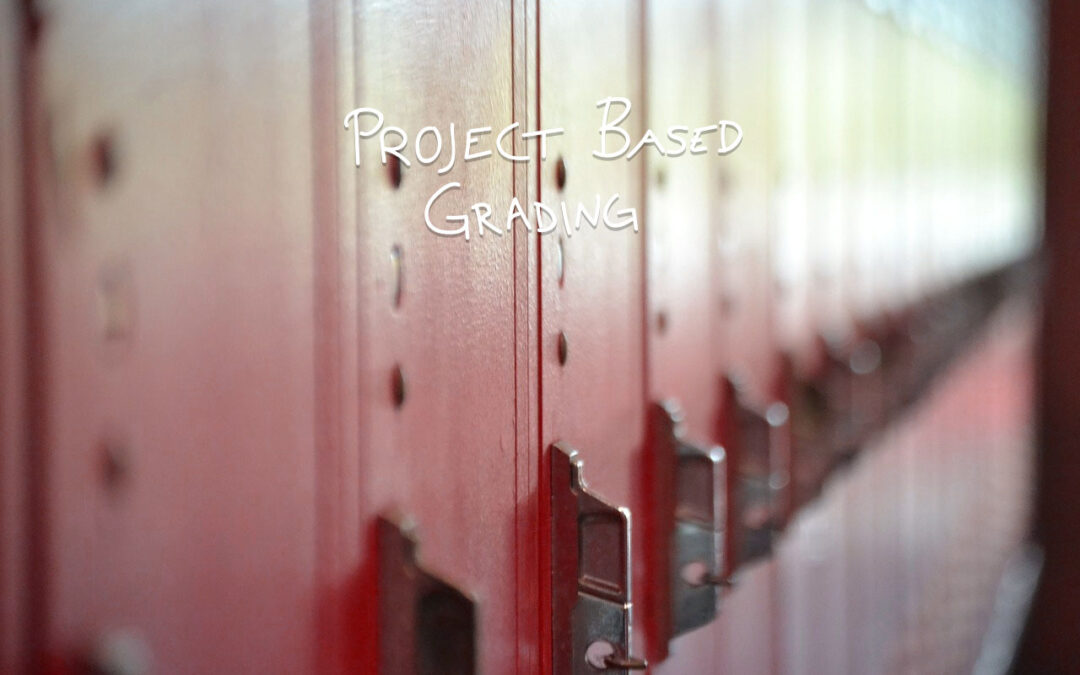
Project Based Grading
Conforming to a traditional grading system in a project based curriculum is one of the biggest instructional challenges in teaching entrepreneurship authentically. The Challenge In the real world, there are no report cards. The notion of a “C+” doesn’t really...

Customer Conversations
In this short post, I'd like to share a real customer conversation that I held with an acquaintance to model the MVP Experimentation phase of an entrepreneurship curriculum. HappyGramm.com In my first year of teaching high school entrepreneurship, I conceived of a...

Minimum Viable Product Pitch Deck Examples
The slides above are intended to be used for demonstration purposes when putting together an Minimum Viable Product Pitch Deck. Exemplars The slides in the deck in this post come from 6 different student teams' minimum viable product pitch decks. Do not consider the...

Low Poly Portrait
In this post, I share one of my favorite graphic design projects - the Low Poly Portrait. It's a student favorite too. High Level Overview From a high level, a low poly portrait is simply a portrait made of many triangles that share common edges that, when viewed from...
